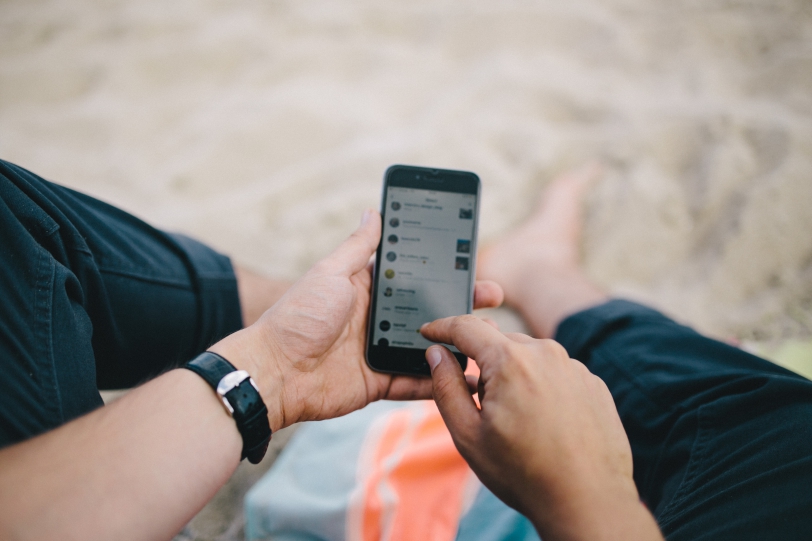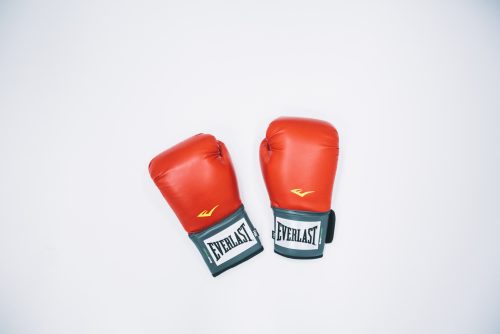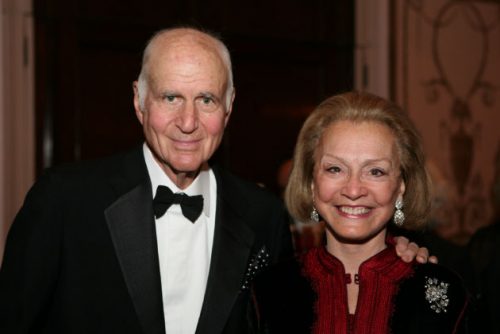I wrote here recently about how app-obsessed millennials will more and more insist on doing philanthropy on their own terms. This means an ever-greater emphasis on quick and easy giving, especially through a handheld devices.
A good example of this effect comes to us from the Russian supermodel turned tech entrepreneur Natalia Vodianova, profiled recently by TechCrunch. When she’s not strutting down the runways of Paris or New York, Vodianova cultivates her image as a philanthropist and activist. In 2004, she founded the Naked Heart Foundation, which supports families of children with developmental disorders, and she regularly works on behalf of children’s causes in her native Russia and elsewhere.
She recently partnered with the always-in-fashion Antonio Banderas to launch an altruism campaign called “Do as I Do.” Through an app, users can make small donations to a number of charities in exchange for share-worthy stickers and badges featuring images of Banderas and Vodianova. This builds on an idea Vodianova first tried last year with another app called Elbi which allows users to make micro-gifts—usually a dollar at a time—to a slew of global organizations. Elbi users can also participate directly in the programming of the charities they donate to, by drawing letters of the alphabet that are then be used by African schoolchildren in their grammar lessons, for example.
Vodianova’s efforts at tech-integrated philanthropy may seem a little silly to some, but she has tapped into something absolutely central to the millennial mind. Young people still want to give—in fact, some recent poll numbers suggest millennials are exceptionally generous. (Some 56% of men ages 18-34 support charities, as opposed to roughly 36% of older men.) But young people want to be able to give at the touch of a button on repeat occasions and to a wide variety of organizations. Choice is king. Likewise, visibility is an asset; young people want their donations to be seen at the same time that they want to see other people’s charitable choices. Perhaps this isn’t so much narcissism as it is sociability. So the ability in Vodianova’s apps to “like” or “share” your own or others’ gifts helps to make giving an event more likely to attract users.
Another study on millennial giving shows this all by numbers: 62% of Gen Y’ers give via a mobile phone; 57% want to be able to see the impact of their gift; most learn about a cause through social media or word-of-mouth.
Digital natives give differently than their older counterparts, but they are giving. Social entrepreneurs like Vodianova understand this and are using it to shape the next generation of philanthropy.






